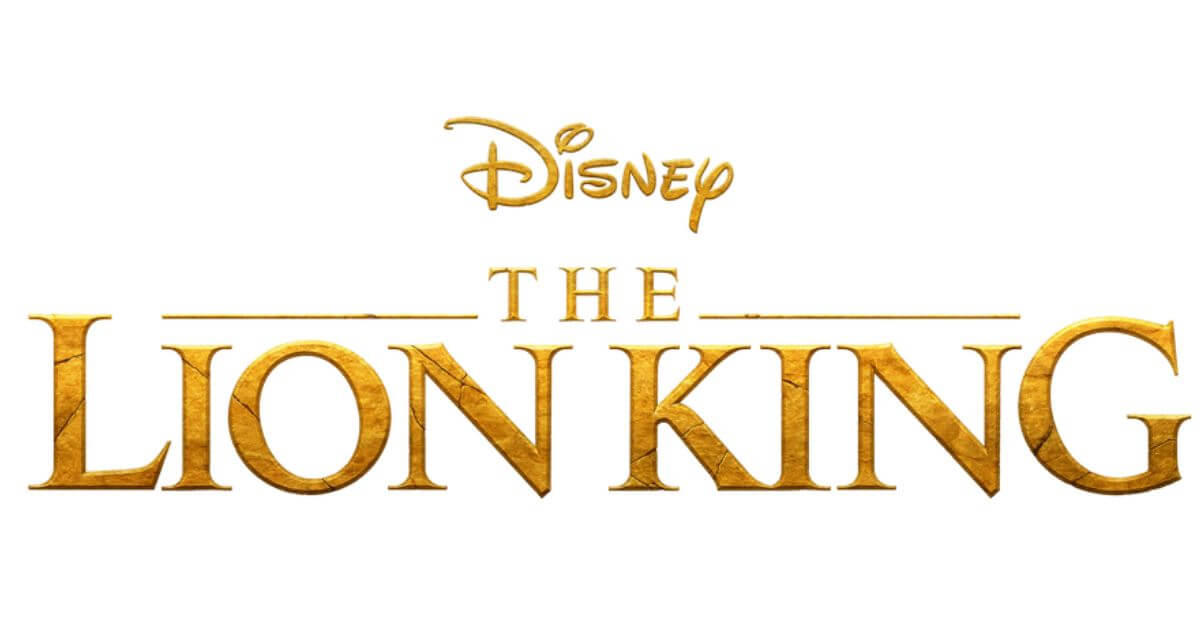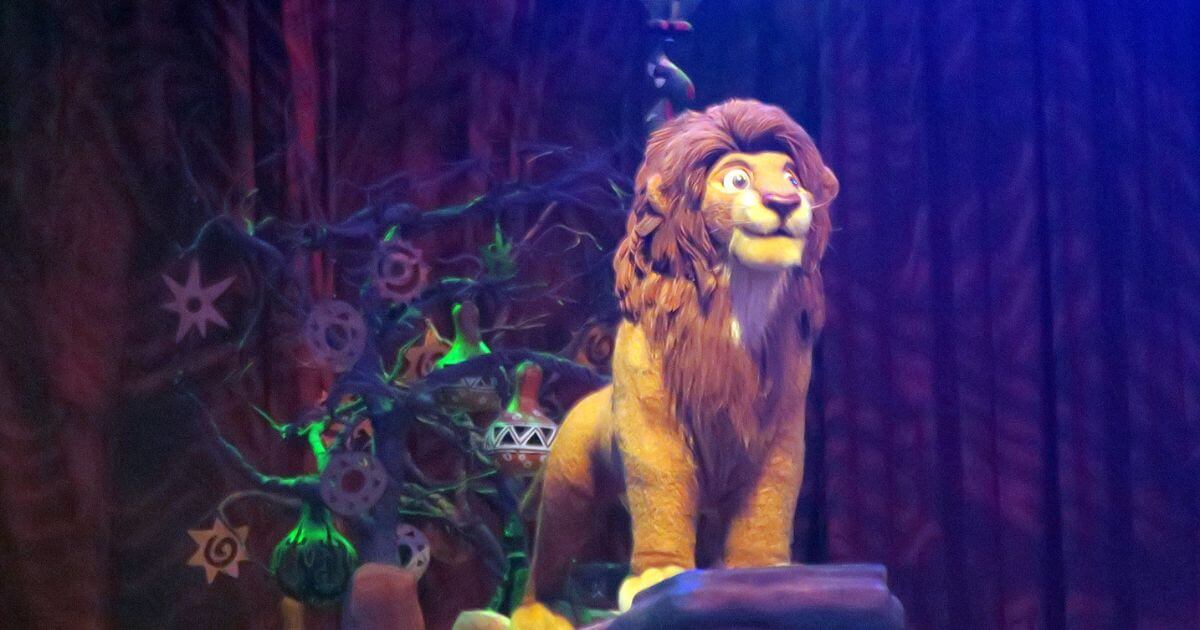The success of The Lion King
The Lion King is an American musical drama film directed and produced by Jon Favreau, written by Jeff Nathanson, and produced by Walt Disney Pictures and Fairview Entertainment. It is a photorealistic computer-generated recreation of the same-titled Disney film from The Lion King 1994, which was originally traditionally animated.
The movie is a tribute to the late editor Mark Livolsi and serves as his final piece of work. It is one of the costliest movies ever created with a budget of approximately $260 million.
During its theatrical run, it made more than $1.6 billion globally, surpassing Frozen to become the all-time highest-grossing animated movie. Additionally, it became the second-highest-grossing movie of 2019 and the seventh-highest-grossing movie of all time.
Achievements of The Lion King
The movie opened to $446 million worldwide, the ninth-highest opening of all time and the largest for an animated movie.
The Lion King’s global box office took a $1 billion leap on July 30, 2019. The Lion King is the second-highest-grossing movie of 2019 and the seventh-highest-grossing movie of all time. It is also the highest-grossing animated film, musical film, remake, and musical of all time.
Deadline Hollywood estimated that after deducting all costs and revenues, the movie’s net profit would be $580 million.
At the 25th Critics’ Choice Awards and the 77th Golden Globe Awards, the movie garnered nominations in the Best Animated Feature Film and Original Song categories. Additionally, it received visual effects nominations for the 92nd Academy Awards and the 73rd British Academy Film Awards.
The casting of The Lion King
Donald Glover was cast as Simba in the middle of February 2017, and James Earl Jones returned to play Mufasa from the 1994 movie. Billy Eichner and Seth Rogen were chosen to play Timon and Pumbaa, respectively, in April 2017.
John Oliver was chosen to play Zazu in July 2017. Alfre Woodard and John Kani were cast as Sarabi and Rafiki, respectively, in August 2017.
On March 2017 for the role of Nala, Beyoncé Knowles-Carter was announced she deserved the role. And Later on November 1, 2017, her role was confirmed in an official announcement. which also announced that Keegan-Michael Key, Eric André, Florence Kasumba, and Keegan-Michael Key would be the voices of Azizi, Shenzi, and Kamari, respectively, and JD McCrary and Shahadi Wright Joseph would be the voices of young Simba and young Nala. Chiwetel Ejiofor will portray the part of Scar.
Amy Sedaris was confirmed to have been cast in a part created for the movie in November 2018.
The visual effects for The Lion King film
The visual effects were provided by The Moving Picture Company, the principal contractor on The Jungle Book, and were overseen by Robert Legato, Elliot Newman, and Adam Valdez. Visual Effects Supervisor Rob Legato claims that the movie makes use of “virtual-reality techniques.”
The Lion King’s filmmakers used motion capture and VR/AR technologies, according to virtual production supervisor Girish Balakrishnan, who made the statement on his professional website. The film’s technology platform was built using the Unity game engine, according to Favreau, by MPC in collaboration with the tech companies Magnopus and Unity Technologies.
The unbelievable work for The Lion King
All of the VFX shots for the movie were created by MPC. There are 1,490 shots for VFX. The animals were created using images from photographs and artwork. From then, the figures were constructed, with all the rigging, forms, textures, and furs being rendered one by one for additional refinement.
Following that, the creatures’ animation was created by hand using the reference videos. More than 30 species of animals have active muscles, eyes, facial expressions, and breathing patterns.
With the help of reference materials like high-resolution images of the African landscape, the scene was totally constructed using computer graphics. All of the special effects simulations, including water, dirt, and fire, were made by fusing VR technology with camera footage to allow for the creative construction of scenes in a VR-simulated environment.
It was feasible to produce scenes that had the handheld camera shaky-cam effect thanks to new software created specifically for the film.
The researchers employed artificial intelligence to make virtual characters react in ways that resembled those of real animals rather than having animators handle everything.
The opening scene’s sunrise is the only non-animated shot in the entire movie.

